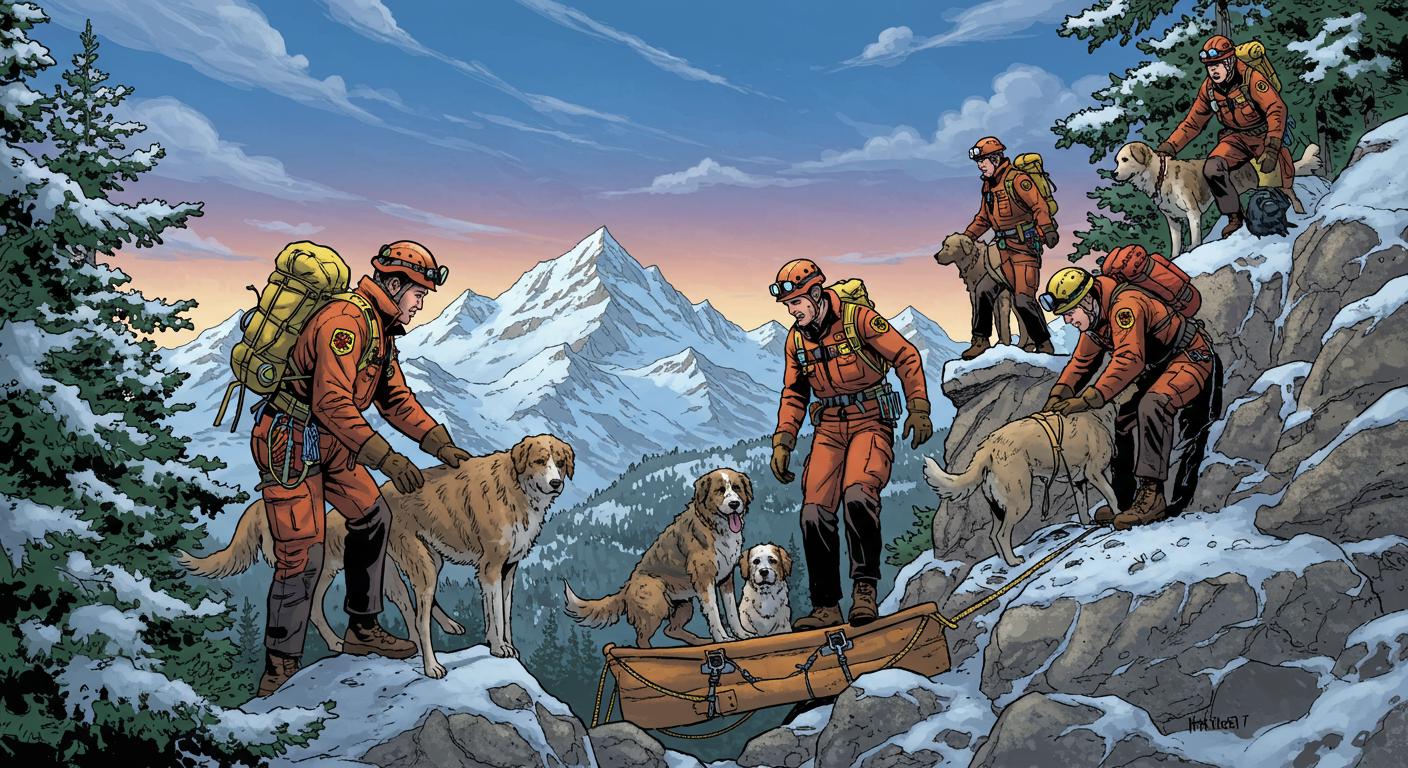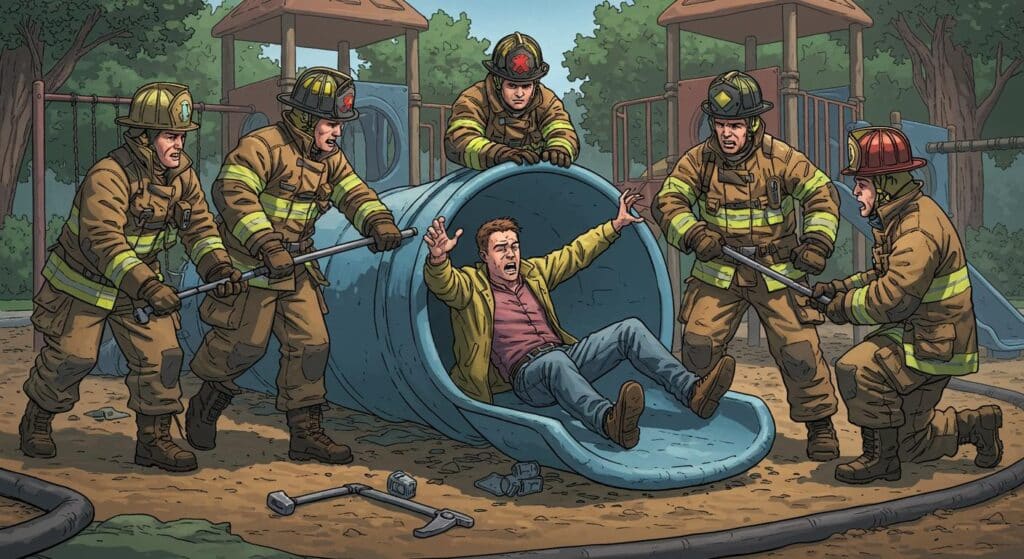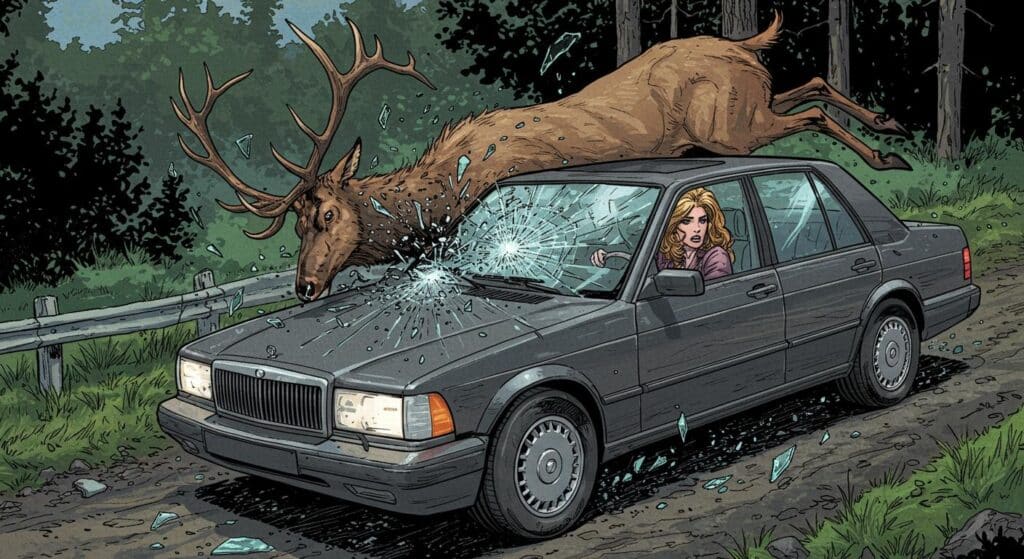Proof that not all heroes wear capes; some apparently come equipped with canine carry harnesses, courtesy of Fido Pro. As UPI reports, Chaffee County Search and Rescue North spent a solid seven hours recently coaxing, carrying, and, one imagines, negotiating with a group of stranded pups on Mount Princeton.
High Altitude, Higher Stakes (for Dogs at Least)
Climbers getting into tricky situations in Colorado’s peaks is standard fare, but a search and rescue operation for dogs? That’s a rare headline. Social media posts from the SAR team—summarized in the reporting—suggest that animal rescues aren’t usually part of their job description. Nonetheless, some dog enthusiasts among the ranks were apparently all too ready to leap into action when the report arrived about pups having a “ruff” time far above sea level.
Mount Princeton itself is no mere walk in the park. With altitudes topping 14,000 feet, it’s typically the domain of hikers with trail mix and a plan—not, as one might guess, tail wags and wet noses. The specifics of how these dogs managed to land themselves in such a predicament remain something of a mystery, left unaddressed in the official reports. Was it canine curiosity? Optimism on the part of their humans? Either way, this isn’t your average stroll gone awry.
Harnesses, Hurdles, and Humanity
For this less-than-ordinary mission, rescuers made use of special canine carry harnesses—gear donated for just such a contingency. In a detail noted in the UPI coverage, someone clearly foresaw the potential for dogs to require a high-altitude assist. Imagine: somewhere in Colorado, there sits a cache of dog rescue equipment, just waiting for adventure-prone pups to make questionable decisions. And perhaps some tiny mountaineer hats, though those are probably still in beta.
The team’s update revealed all participants—both two- and four-legged—made it home after a seven-hour stint. No drama, no mishaps, just a long shift slightly outside the standard search and rescue protocols. It’s a satisfying glimpse into the flexibility (and, let’s be honest, the soft spots) that sometimes come with volunteer operations. When exactly does “search and rescue” end, and “emergency dog sitter” begin?
Mountains: Trouble for All Species
It is oddly comforting to note how the backcountry can humble anyone, regardless of number of feet or paws. One day a hiker swears off ever wearing new boots; the next, a couple of dogs suddenly realize that mountain life is best enjoyed from a soft couch. The report doesn’t reveal whether the rescued canines are now renowned among their peers—or if they’re using the experience to campaign for more modest walks. As far as SAR efforts go, sometimes success means more than technical skill; coaxing a nervous dog into a harness must require its own set of negotiation tactics.
Whimsical Operations in the Wild
This does leave open a few enduring questions: Should mountain rescue teams start to prepare for more pet-related capers? Are we drifting toward a future where every rescue squad quietly stashes dog biscuits alongside climbing ropes?
At any rate, this dispatch from Chaffee County manages to be both extraordinary and quietly ordinary: a testament to how rescue operations—however serious—always have room for acts of compassion and a touch of the absurd. A team trained for avalanches, rockslides, and wilderness emergencies pausing to wrangle a handful of bewildered dogs; there’s a sort of unassuming heroism in it. And isn’t it a curious comfort, knowing there’s space in even the most rugged landscapes for a bit of kindness and the occasional wagging tail?







